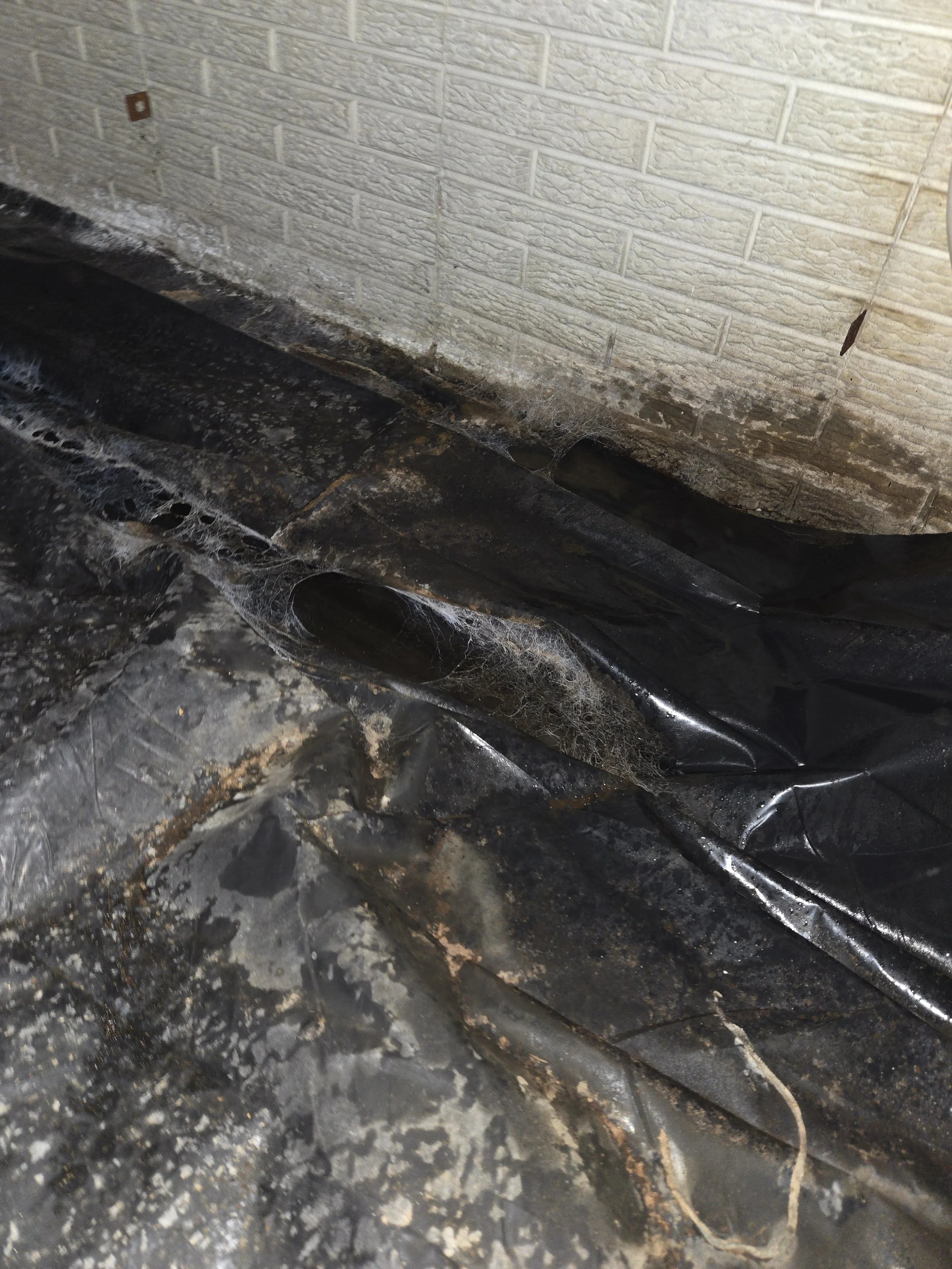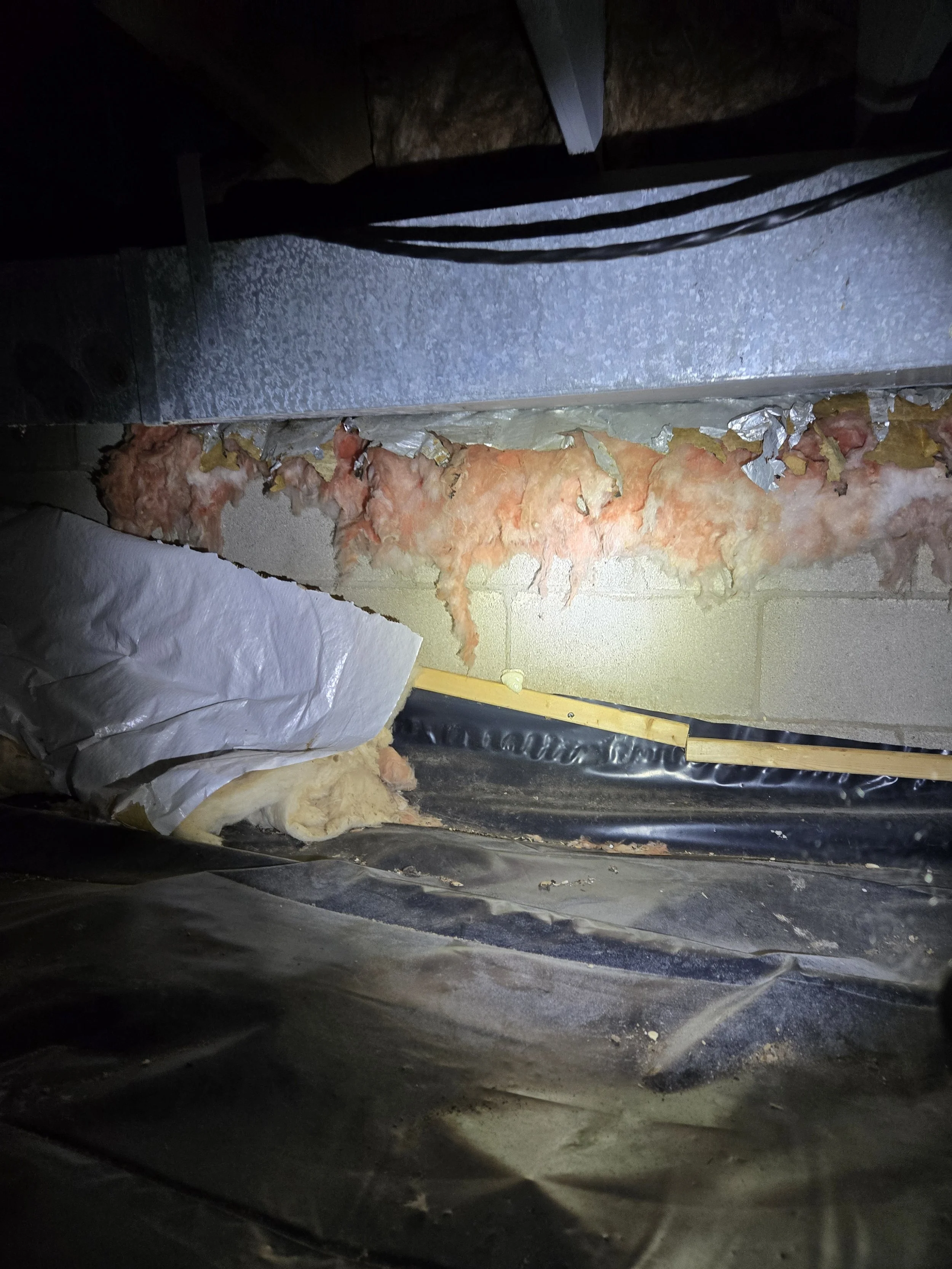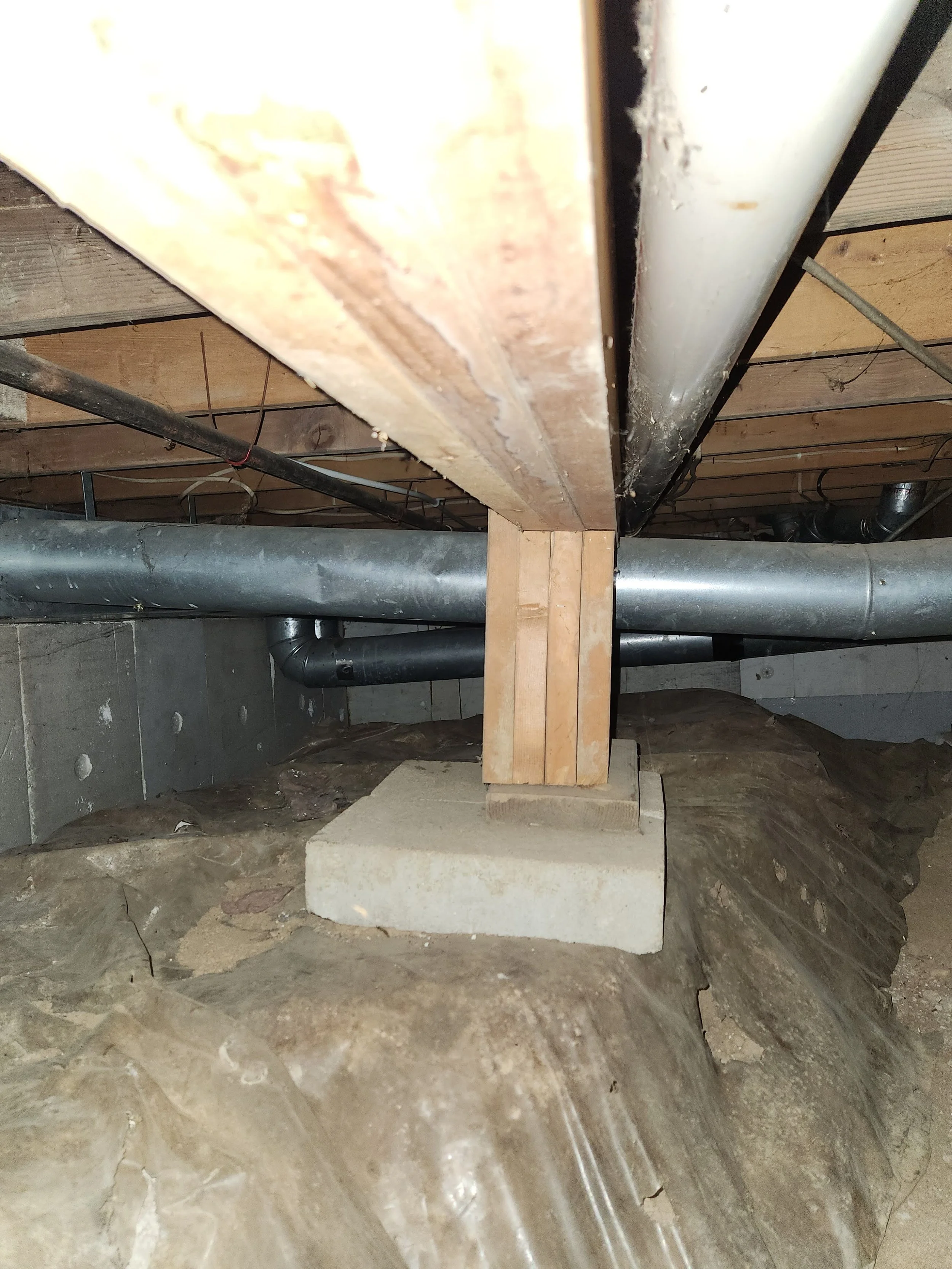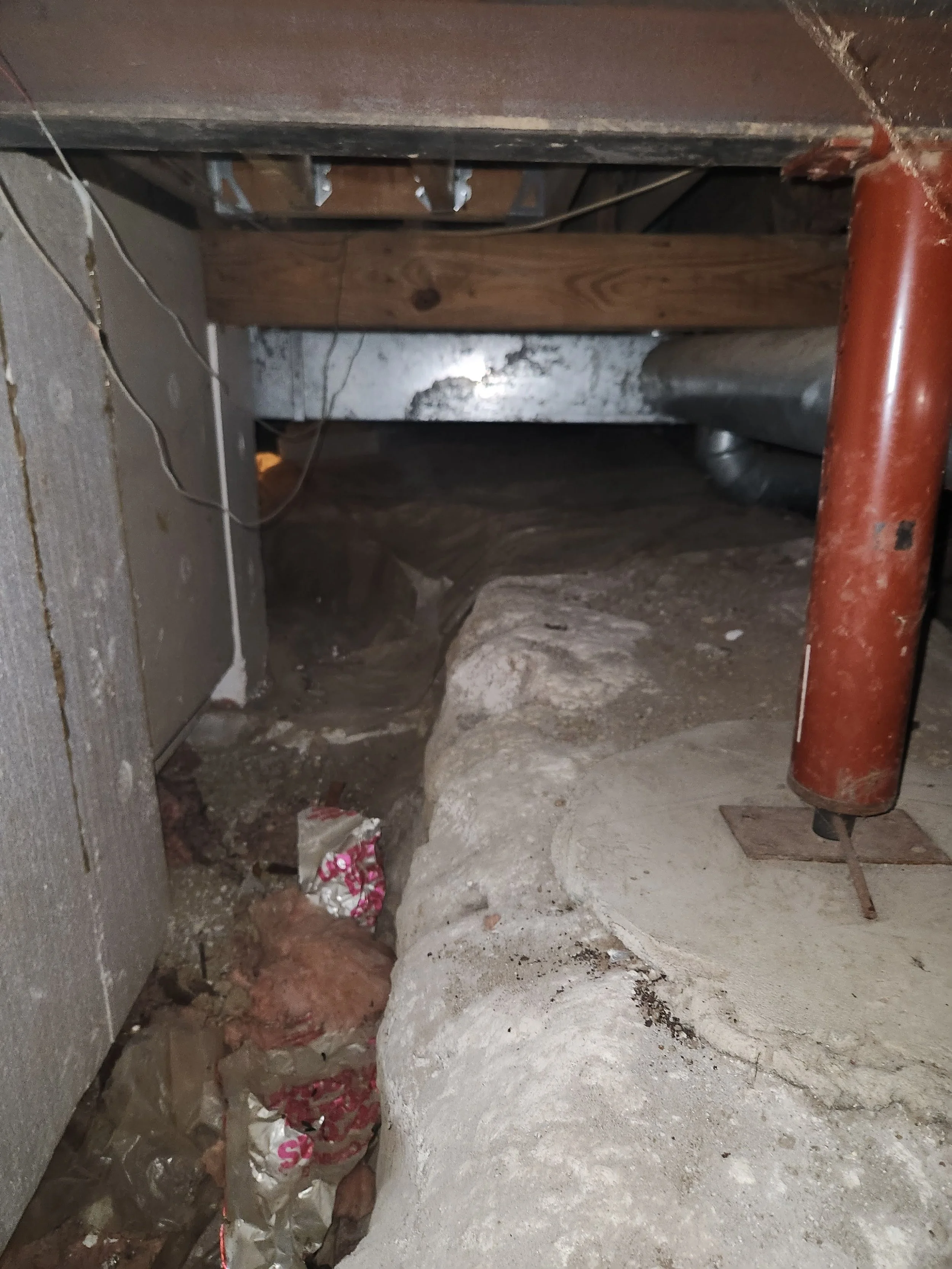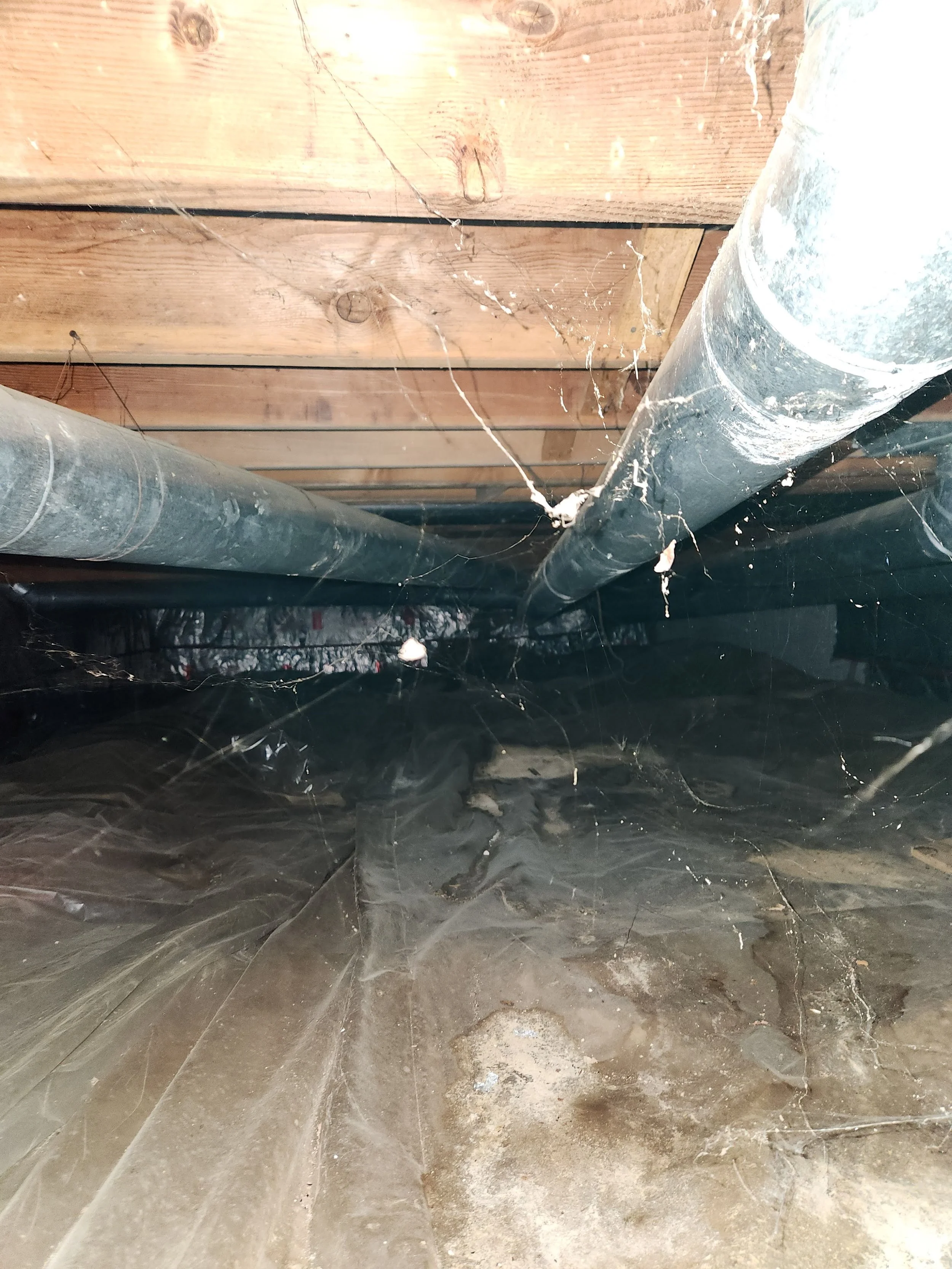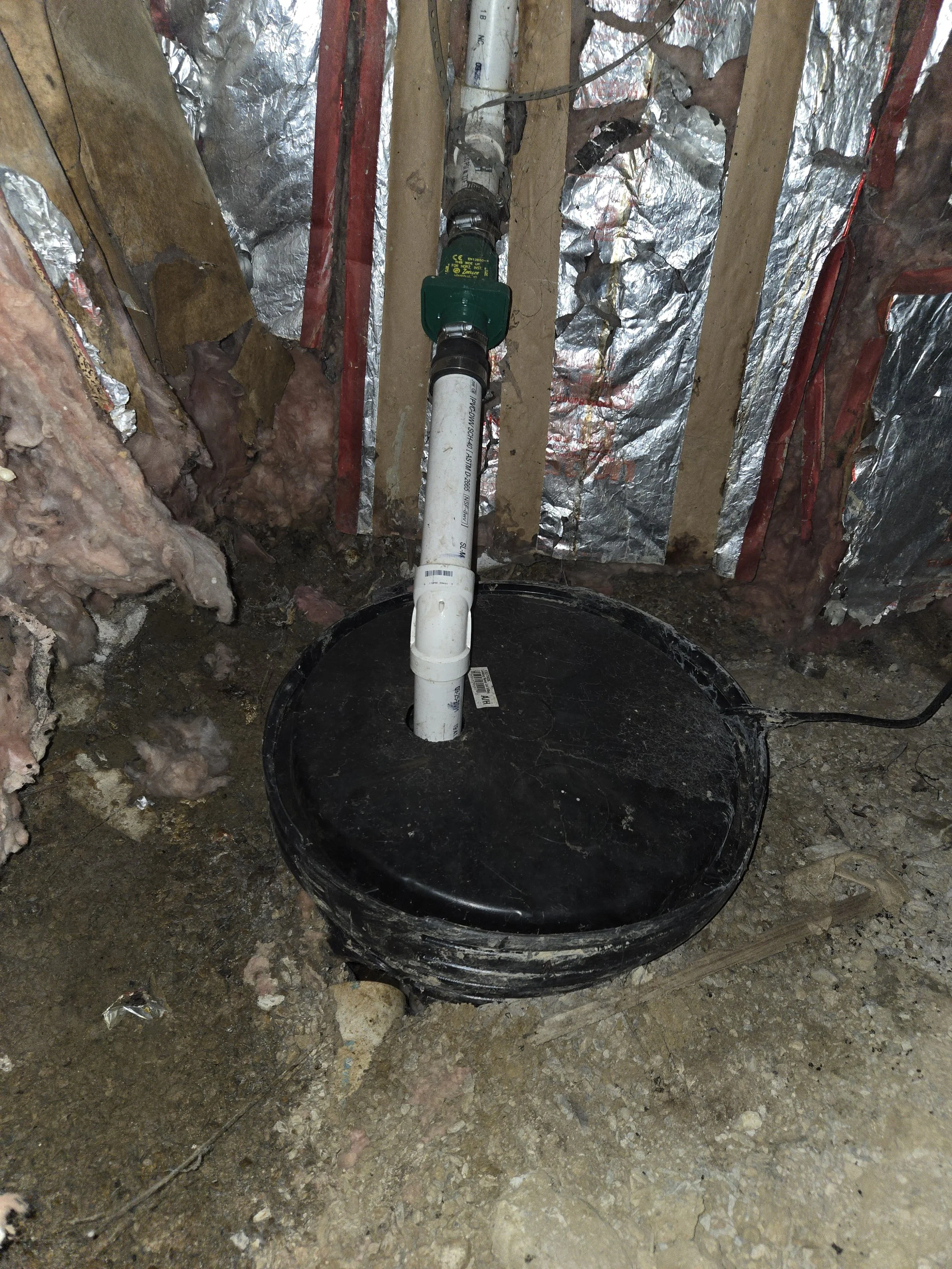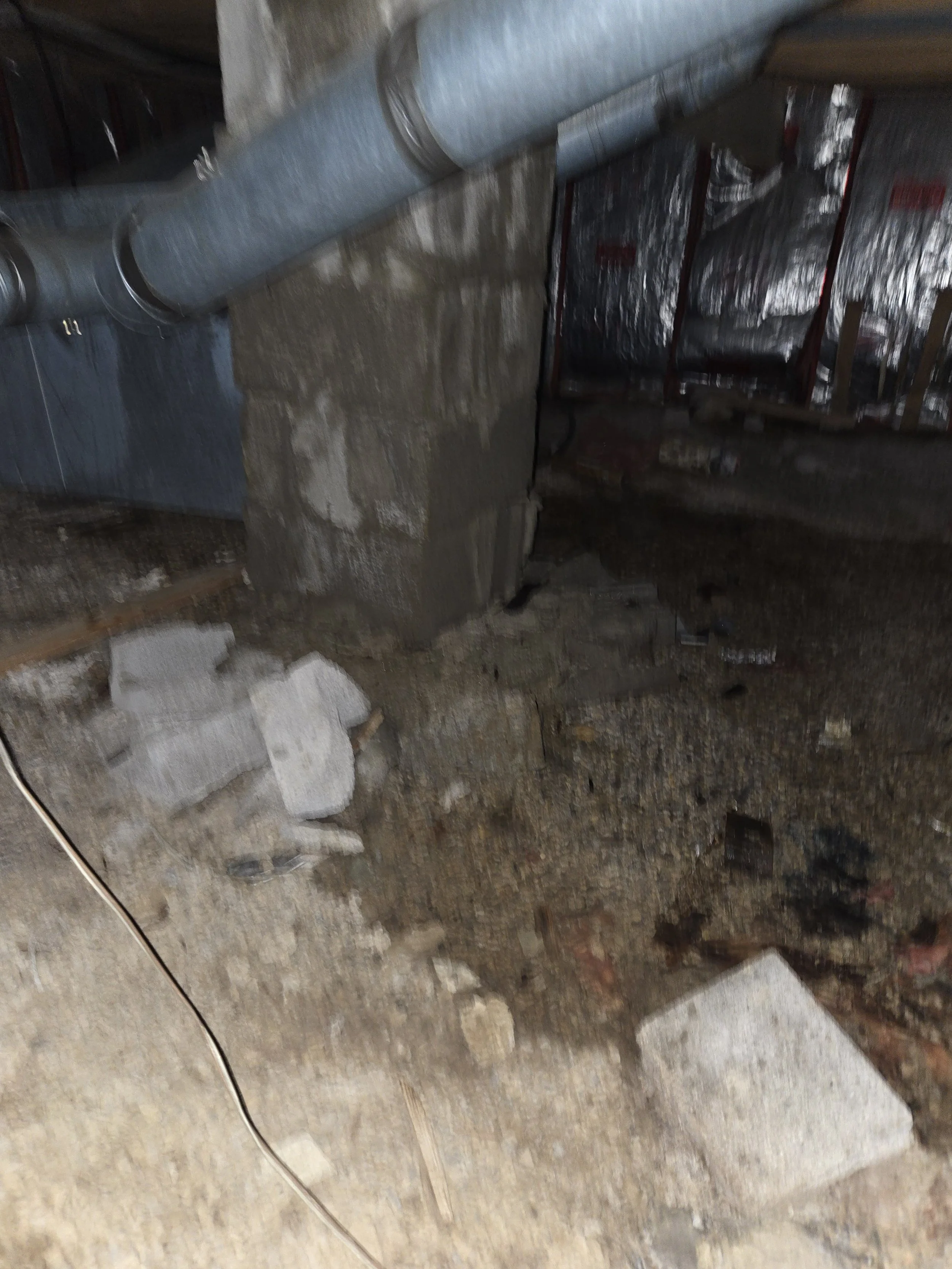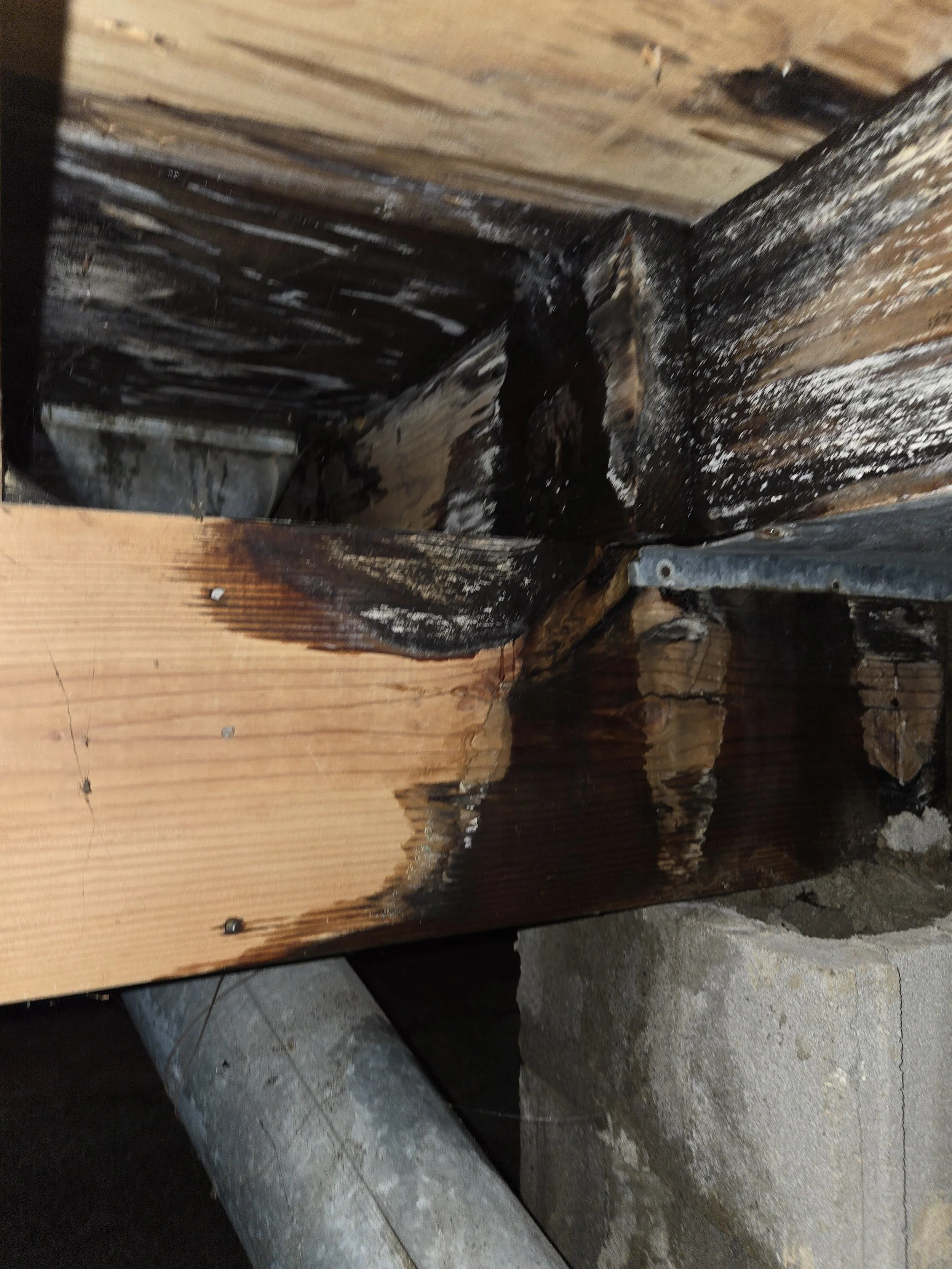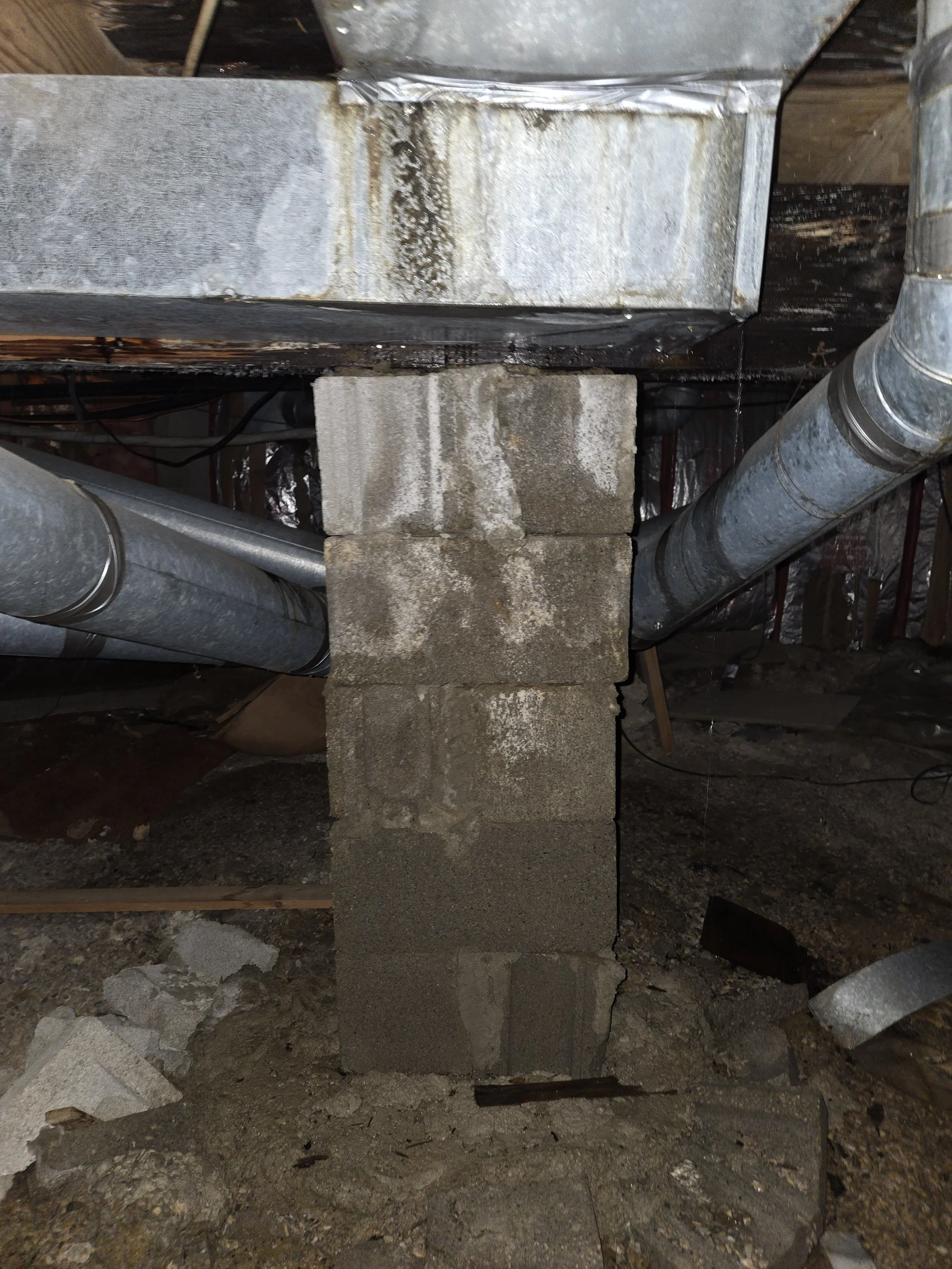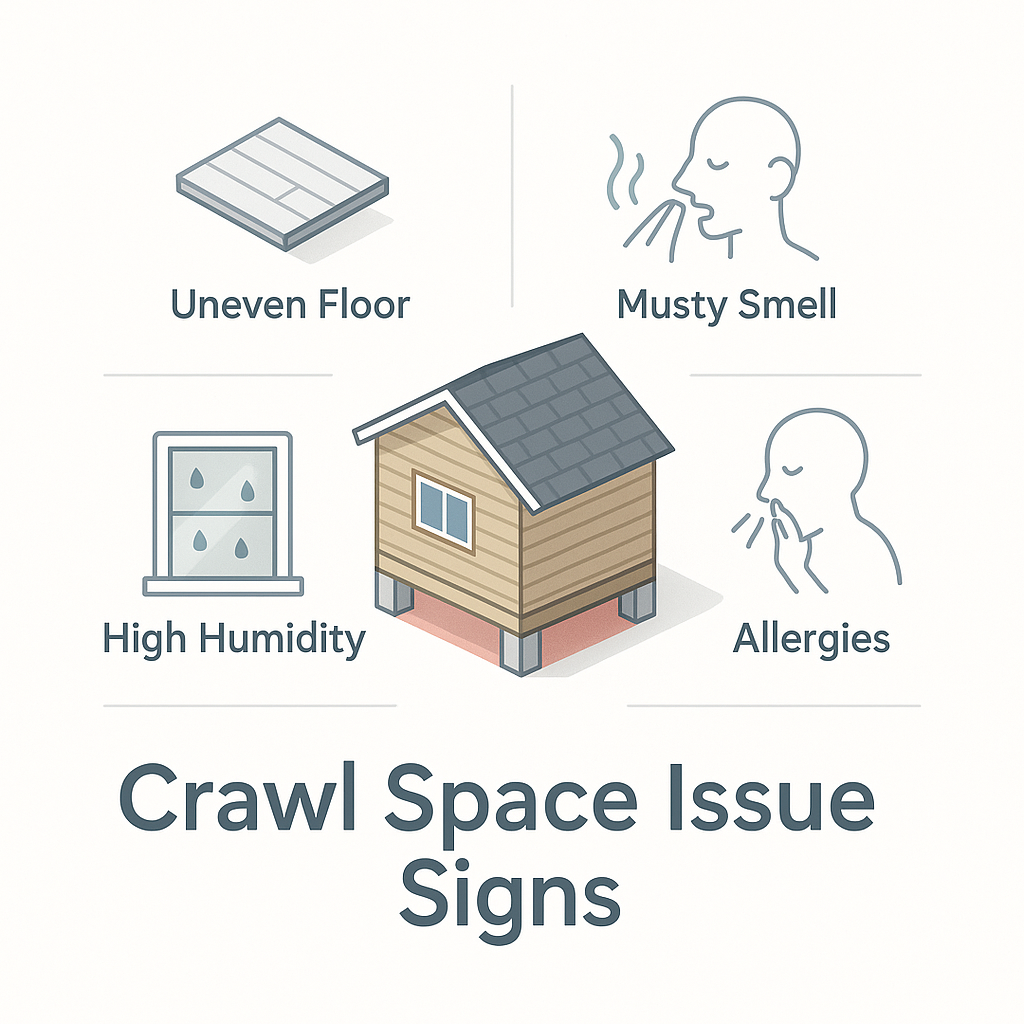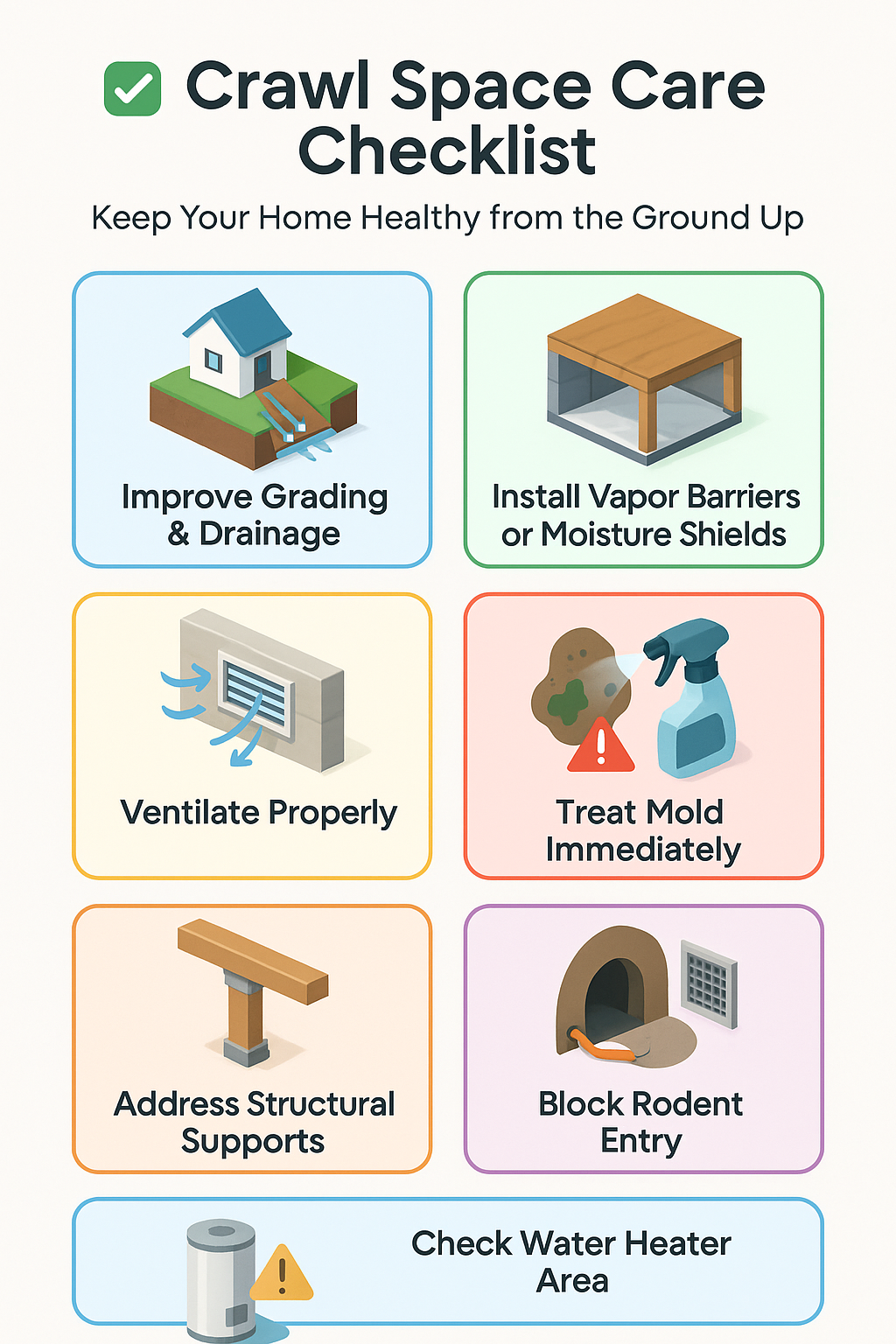Musty Smells, Sagging Floors? Look in to Crawl Space !
With the frequent rainstorms and humidity spikes we’ve been seeing across many regions of Columbus Metropolitan Area, Ohio, homeowners are discovering just how important their crawl space really is. Though it’s out of sight, your crawl space plays a vital role in the health of your home’s structure—and when things go wrong down there, it’s only a matter of time before you start seeing the effects upstairs.
Whether it’s a musty smell creeping into your living room or a slightly uneven floor you keep ignoring, many crawl space issues are subtle at first. But left unaddressed, they can lead to serious structural damage, mold, poor air quality, and even pest infestations.
What can go wrong in a crawl space?
Most of the time, we find the same recurring problems during inspections:
Standing Water: This is one of the biggest red flags. Water accumulation in the crawl space can be due to poor grading outside, faulty gutters, or broken drainage pipes. If the water sits long enough, it begins to rot wooden floor joists and attracts mold.
Mold & Mildew Growth: High humidity and lack of airflow create the perfect environment for mold. Even if you don’t go into the crawl space, the spores can travel upward into your home, causing allergic reactions and worsening respiratory problems.
Leaning or Failing Support Posts: When moisture starts to damage the wooden framing underneath your home, the vertical supports can tilt, shift, or rot away. That often leads to sloping or bouncy floors.
Rodent & Insect Activity: Crawl spaces with unsealed vents, damaged screens, or rotted trim are easy entry points for mice, raccoons, and insects. They love the dark, damp conditions—and once they’re in, they’re hard to get out.
Lack of Ventilation: Many older homes were built with minimal crawl space airflow. Without proper venting or vapor barriers, humidity builds up, and wood starts absorbing moisture like a sponge.


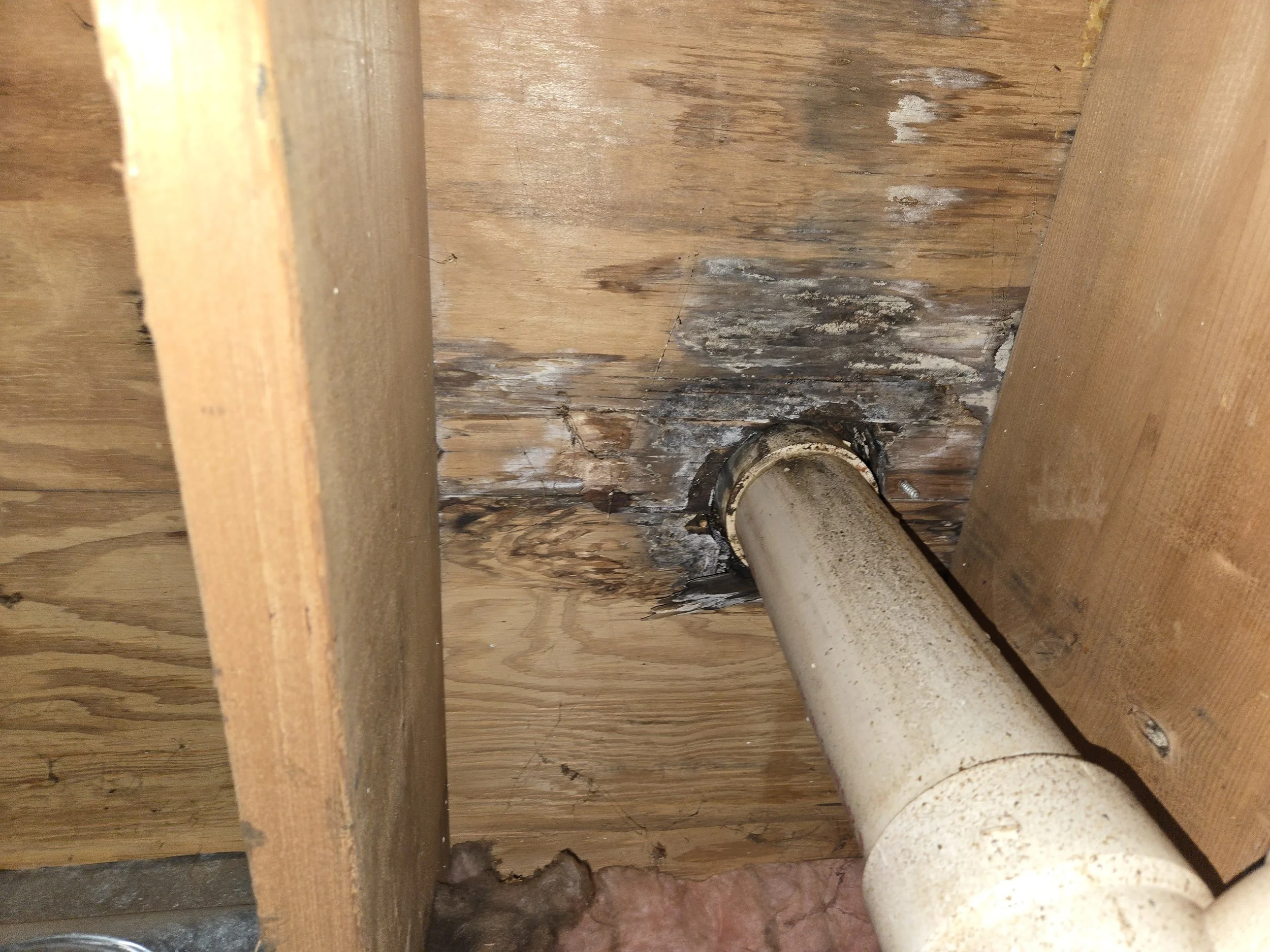




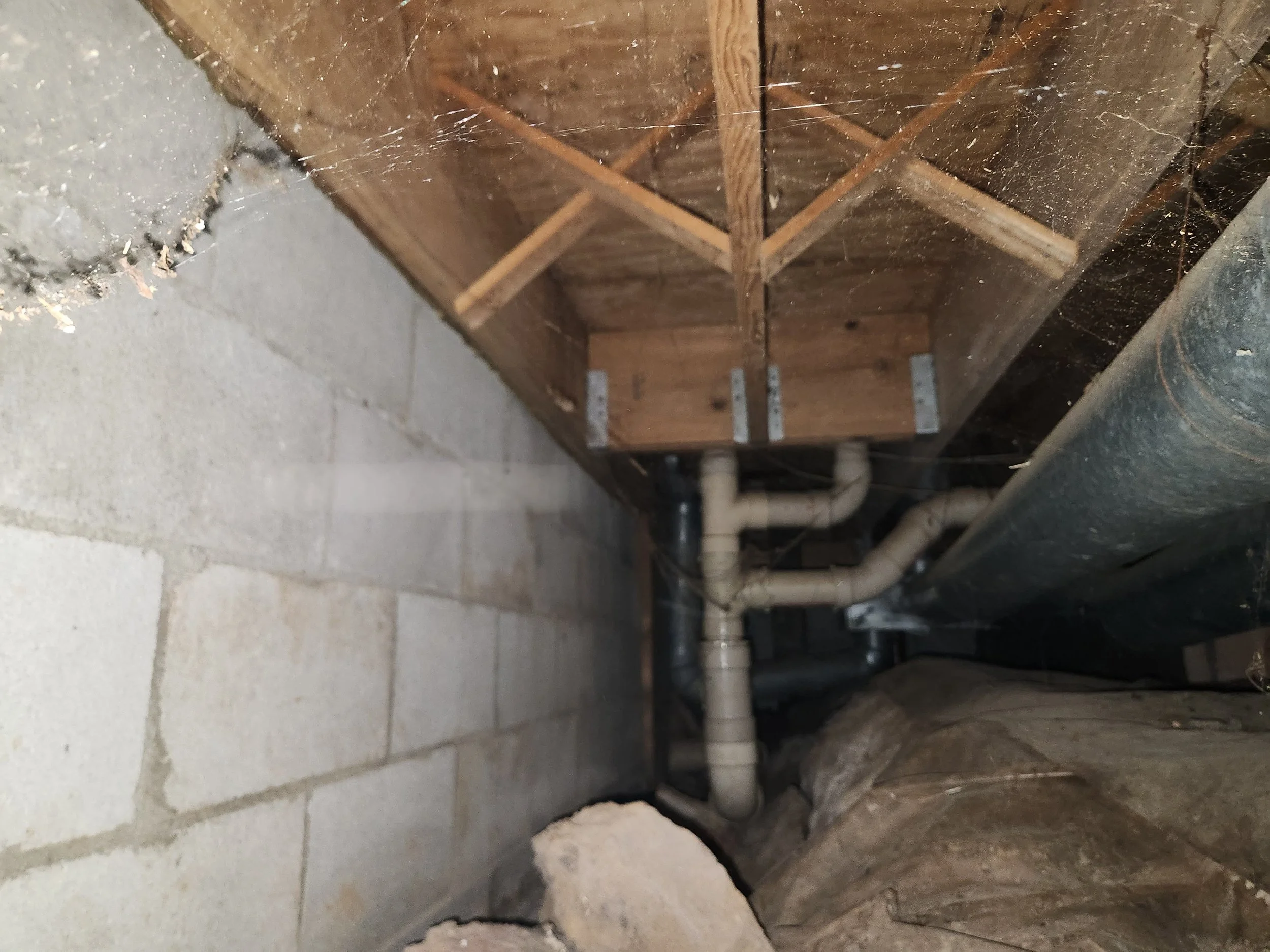

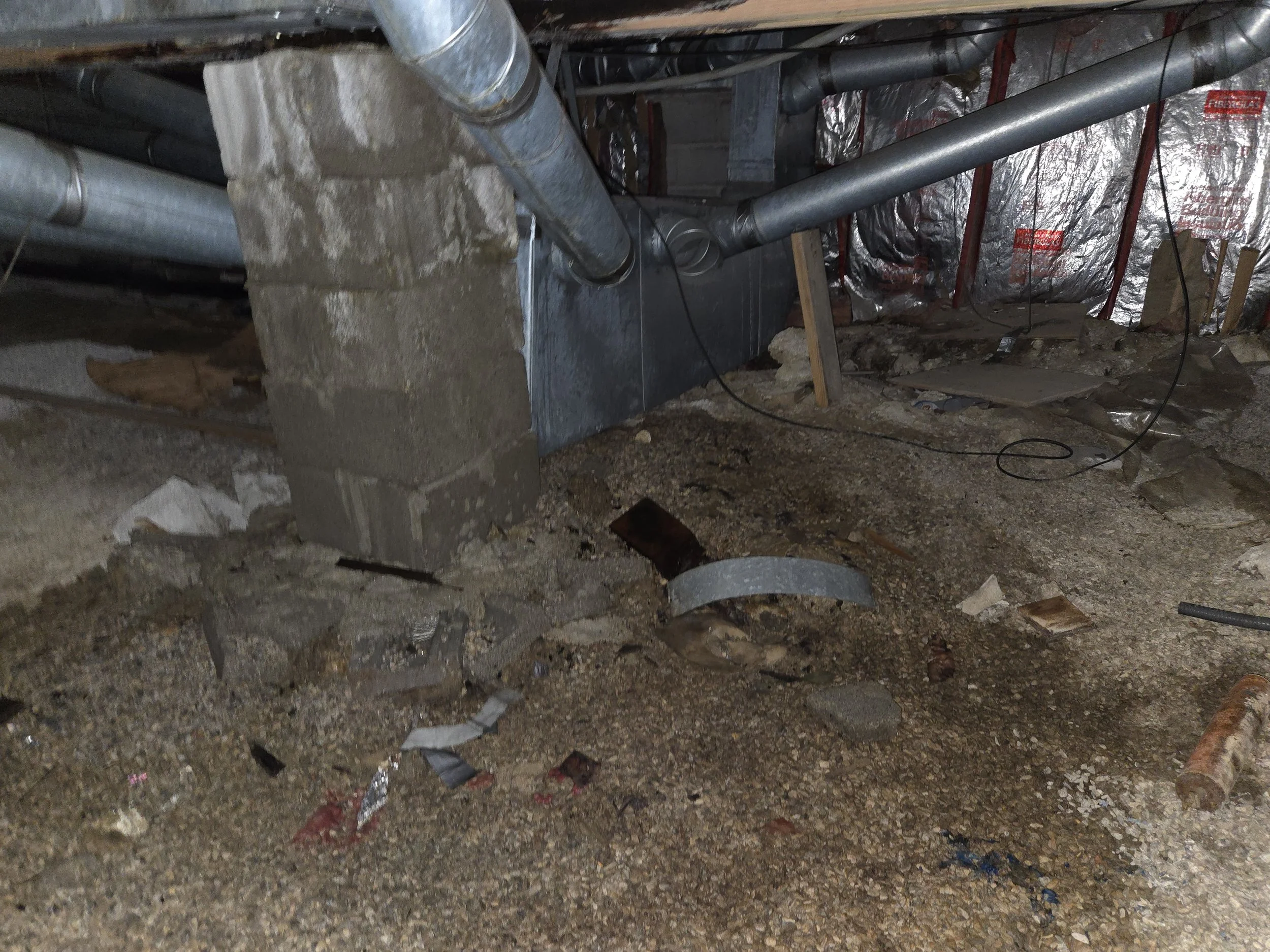

How do you know if your crawl space needs attention?
Even if you don’t venture into your crawl space, your house might be trying to tell you something:
Soft or uneven floors in certain rooms
A musty or damp odor that doesn’t go away
Increased allergy symptoms or breathing issues
High indoor humidity even when HVAC is running
Pests showing up in the main living areas
It May Lead to Structural Issue !
Although often hidden from view, crawl space issues can silently compromise the structural integrity of a home over time. Standing water and poor drainage can saturate the soil and cause wooden joists and beams to rot, weakening the very framework that supports your floors. Mold and mildew thrive in humid, unventilated crawl spaces, degrading materials and spreading allergens into living areas. When support posts begin to lean or deteriorate due to moisture exposure, they can no longer bear loads properly, resulting in sagging or uneven floors. Even pest infestations, drawn to dark and damp conditions, can chew through insulation or wiring and burrow into structural wood components. Without timely attention, these hidden problems can snowball into costly foundation and framing repairs that affect the entire house.
What can you do to protect your crawl space (and your home)?
Here are some key recommendations based on what we find in most inspections:
✅ Improve Grading & Drainage: Make sure the soil slopes away from your home. Add swales or French drains if water tends to pool around the foundation.
✅ Install Vapor Barriers or Moisture Shields: This help prevent ground moisture from rising into the wooden framing of your house.
✅ Ventilate Properly: Open or clean crawl space vents, or consider professional ventilation systems that reduce humidity and mold risks.
✅ Treat Mold Immediately: If mold is visible, treat it with proper solutions and seal the area to prevent recurrence.
✅ Address Structural Supports: Reinforce sagging or leaning beams and install solid bridging between joists for floor stability.
✅ Block Rodent Entry: Seal all visible holes, install new screens, and check for signs of animal intrusion.
✅ Check the Water Heater Area: We often see moisture damage under or near water heaters due to past leaks. Always inspect this zone closely.
END NOTE:
At Structured Design & Consulting, we specialize in identifying and resolving structural issues from the ground up—literally. Whether it’s moisture damage in your crawl space, sagging floors, failing support posts, or mold-related concerns, our experienced team provides tailored solutions that restore stability and peace of mind to your home. Based in Ohio, we understand the regional challenges caused by shifting soils, seasonal humidity, and aging construction.If you’ve noticed signs of trouble below your floor—don’t wait. Let us inspect, assess, and reinforce the structural integrity of your home with modern techniques and a commitment to long-term durability.








